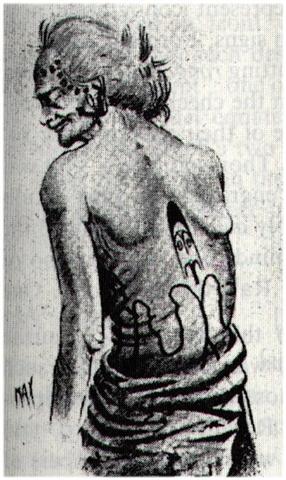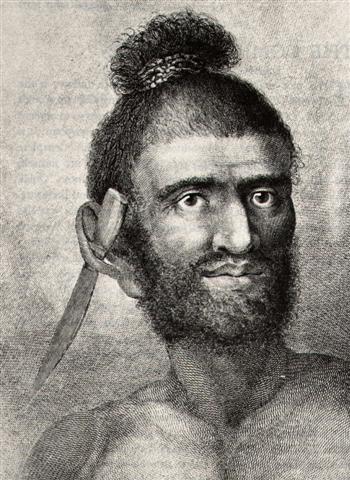|
ADDENDA
11-1. Once again. The Pegasus Square was beginning with the straight line between Scheat (β) and Markab (α), and this was 16 right ascension days before Sirrah. And Hb1-35 - 16 = Hb1-19.
However, after Hb1-6 the glyphs cannot be seen - it is as if they had been totally submerged. Not until Hb1-28 are they fully in sight again.
The above supports my idea of how to read Hb1-35 and Hb1-36. Evidently the creator of the text had cleverly balanced the burnt area late on side a of his tablet with a water submerged area early on side b.
Furthermore, we can guess Hb1-35 could have alluded to 135 (May 15) when the 6 sisters (Tau-ono) in the Pleiades ought to rise at the horizon in the east simultaneously with the Sun. This perception in a way could explain why there had to be a pair, because there were 3 more stars in the Pleiades rising with the Sun in the following day, in May 16 (viz. Alcyone, Pleione, and Atlas).
But the structure of the Square of Pegasus could also explain why there had to be a pair, because Sirrah (at the occiput of Andromeda)
was followed by Algenib (the Wing, γ). It was as if the Corner at the Wing (Γ) symbolized how the Sun here was lifting off up into the air from a mound of earth at Sirrah: ... Tu'i Tofua was the son of Vakafuhu. His mother was Langitaetaea, but she was only one of the many young women whom Vakafuhu had living behind the fences of his dwelling. When Tu'i Tofua grew he was given the first-born sons of all the wives for his companions, and they all used to play sika outside the enclosure of Vakafuhu. They made their sika of clean-peeled sticks and threw them in turn along the ground, they glanced them off a mound and each one tried to make the longest throw. One day while Vakafuhu was sleeping off a kava-drinking those boys were playing their game outside, and Tu'i Tofua threw his sika. Then indeed the enormous strength of Tu'i Tofua made that sika fly over the fences into his father's place. It landed where the women were and they all began to giggle, those girls, and shriek and laugh. They did this because they wanted that handsome youth to come among them, they desired him. More than his father they desired him. They fell with joy upon the sika of their master's son, and snapped it. When he came inside to get it back they called out things that made him embarrased. 'Haven't you got another long thing there, Tu'i?' those women said. 'This one's broken.' And they put their hands across their faces and they laughed ... Sika corresponds to Tika in other dialects of the Polynesian language and because Maui was born from the topknot of his mother he was named Maui Tikitiki a Taranga. The pair of words tiki-tiki and tika are similar, yet quite different in meaning. ... 'From the time I was in your womb,' Maui went on, 'I have known the names of these children of yours. Listen,' he said as he pointed to his brothers in turn. 'You are Maui mua, you are Maui roto, you are Maui taha, and you are Maui pae. And as for me, I am Maui potiki, Maui-the-last-born. And here I am.' When he had finished, Taranga had to wipe her eyes because there were tears in them, and she said: 'You are indeed my lastborn son. You are the child of my old age. When I had you, no one knew, and what you have been saying is the truth. Well, as you were formed out of my topknot you can be Maui tikitiki a Taranga.' So that became his name, meaning Maui-formed-in-the-topknot-of-Taranga. And this is very strange, because women in those days did not have topknots. The topknot was the most sacred part of a person, and only men had them ...
|
||||||||||||||||||||||||||||||||||||||||||||||||||||||||||||||||||||||||||||||||||||||||||||||||||||||||||||||||||||||||||||||||||||||||||||||||||||||||||||||||||||||||||||||||||||||

















